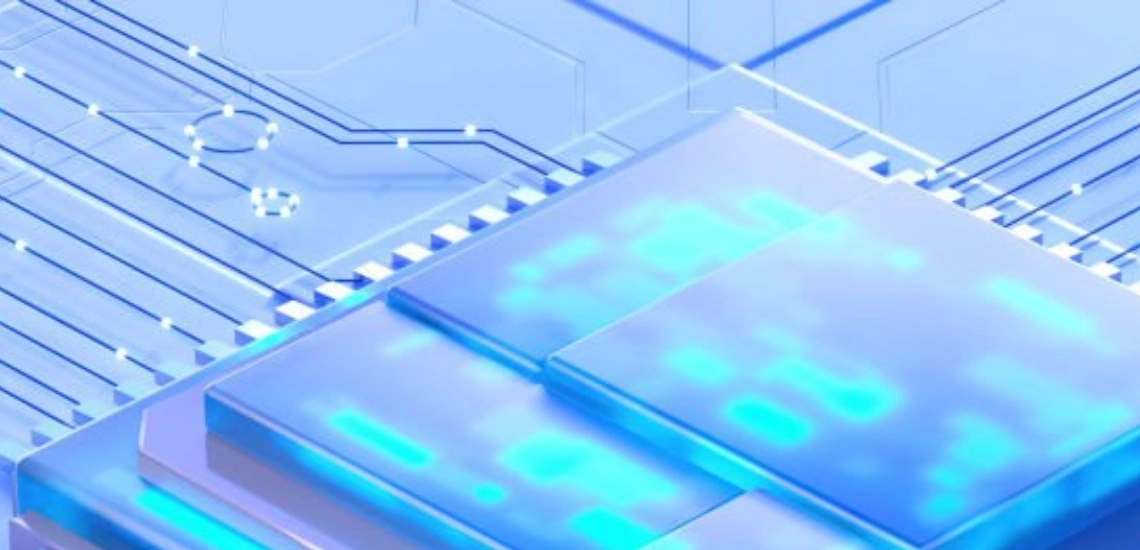In an era of rapidly advancing technology, the global semiconductor industry finds itself at the heart of innovation. Its products, the tiny silicon chip that power our digital world, have enabled everything from smartphones to self-driving cars. However, this technological progress has come at a price – a significant environmental footprint.
Semiconductor fabs, the manufacturing facilities that produce silicon wafers, are notorious energy hogs. These facilities consume enormous amounts of electricity and water, generating substantial greenhouse gas emissions. The semiconductor industry is facing a paradigm shift in a world increasingly focused on sustainability and environmental consciousness.
The Environmental Toll of Semiconductor Fabs
Before delving into the sustainability practices adopted by semiconductor fabs, it’s crucial to understand the magnitude of their environmental impact.
Energy Consumption
Semiconductor fabs are among the most energy-intensive facilities globally. They require precise temperature control, cleanrooms, and complex machinery, all of which demand substantial electricity. According to the Semiconductor Industry Association, semiconductor manufacturing facilities consume over 10% of all electricity used by the global electronics industry.
Water Usage
Water is a critical component in semiconductor manufacturing. Fabs use vast amounts of ultrapure water in various processes, such as wafer cleaning and chemical mixing. This heavy water usage can strain local water supplies, especially in regions facing water scarcity.
Chemical Usage
The semiconductor fabrication process involves numerous chemicals, some of which are hazardous. Proper disposal and management of these chemicals are essential to prevent soil and water contamination.
Waste Generation
The semiconductor industry produces significant waste, including hazardous materials like chemical sludge, contaminated water, and silicon dust. Handling and disposing of this waste are major environmental concerns.
Greenhouse Gas Emissions
Energy consumption and chemical processes contribute to greenhouse gas emissions. The industry’s carbon footprint is a pressing issue, as global efforts to combat climate change intensify.
Given this substantial environmental toll, semiconductor fabs are under increasing pressure to adopt sustainable practices. Let’s explore some of the challenges and innovative approaches they are taking to mitigate their impact.
Challenges on the Path to Sustainability
While the rationale for sustainability is compelling, it is not without its share of challenges:
Complex Supply Chains
Semiconductor fabs often source materials globally, making it challenging to track the environmental impact of each component.
Energy-Intensive Processes
Semiconductor manufacturing relies heavily on energy, primarily in the form of electricity. Transitioning to renewable energy sources is a multifaceted challenge.
Chemical Usage
The semiconductor industry employs a wide range of chemicals in fabrication processes. Ensuring safer chemical management and disposal practices is a priority.
Technological Adaptation
Implementing sustainable practices may necessitate significant investments in technology upgrades and process redesign.
Challenges on the Path to Sustainability
Energy Efficiency
- Clean Energy: Transitioning to renewable energy sources such as solar and wind can significantly reduce the carbon footprint of fabs. Several semiconductor giants are already investing in solar panels and wind turbines to power their facilities.
- Advanced Cooling: Utilizing advanced cooling technologies like liquid cooling and heat exchangers helps reduce energy consumption for temperature control.
- Energy Recovery: Fabs are exploring ways to capture and reuse waste heat and energy generated during manufacturing processes.
- Optimized Processes: Continuous process optimization using advanced algorithms minimizes energy waste.
Water Conservation
- Water Recycling: Implementing water recycling systems within fabs to treat and reuse water in various processes.
- Reduced Chemicals: Developing processes that require less water and fewer chemicals contributes to reduced water usage.
Chemical Management
- Green Chemistry: Researching and adopting environmentally friendly chemicals and processes that reduce or eliminate hazardous materials.
- Closed-Loop Systems: Closed-loop systems that capture and treat chemicals for reuse while reducing waste.
Waste Reduction
- Material Efficiency: Implementing lean manufacturing practices to minimize material waste during the fabrication process.
- Recycling: Establishing recycling programs for silicon wafers and other materials.
Emissions Reduction
- Carbon Capture: Investigating carbon capture and storage technologies to mitigate greenhouse gas emissions.
- Efficient Equipment: Regularly upgrading and maintaining equipment to ensure it operates at peak efficiency and produces fewer emissions.
- Sustainable Supply Chain: Encouraging suppliers to adopt sustainable practices to reduce the carbon footprint of raw materials.
Green Building Standards
- LEED Certification: Designing fabs to meet Leadership in Energy and Environmental Design (LEED) standards, which promote energy efficiency and sustainability.
- Smart Design: Incorporating passive cooling, natural lighting, and other architectural elements that reduce energy consumption.
The Road Ahead: A Greener Future for Semiconductors
The semiconductor industry’s commitment to sustainability is a significant leap forward. As semiconductor demand soars, fabs must balance production with environmental responsibility. Sustainable practices not only reduce environmental impact but also offer cost savings and enhance public perception.
This journey towards sustainable semiconductor fabs is ongoing, driven by collaborations between industry players, government agencies, and environmental organizations. By investing in green tech and eco-conscious strategies, the semiconductor industry is poised to lead the way towards a greener, more sustainable future for technology and our planet.
According to Accenture research, designing products for reuse, resale, repair, refurbishment, and remanufacturing can boost operating profit for a company by 16%. In addition, modifying business models for recovery of products can bring up to 35% in cost savings, an 80% reduction in material losses, and a 45% reduction in CO₂ emissions.
Together, as consumers, advocates, and stakeholders, we bear the collective responsibility to support and drive these vital efforts. Sustainability is no longer a choice but an imperative, shaping our connected world and preserving it for future generations.




